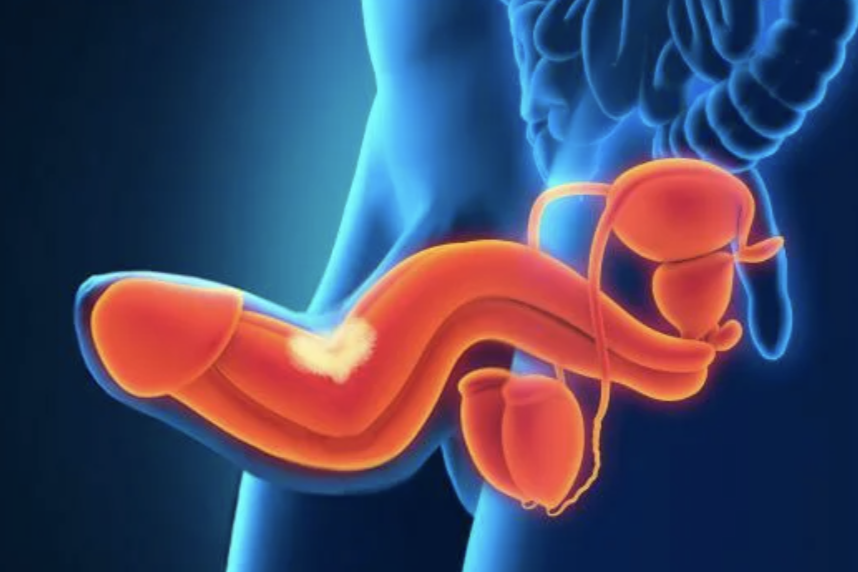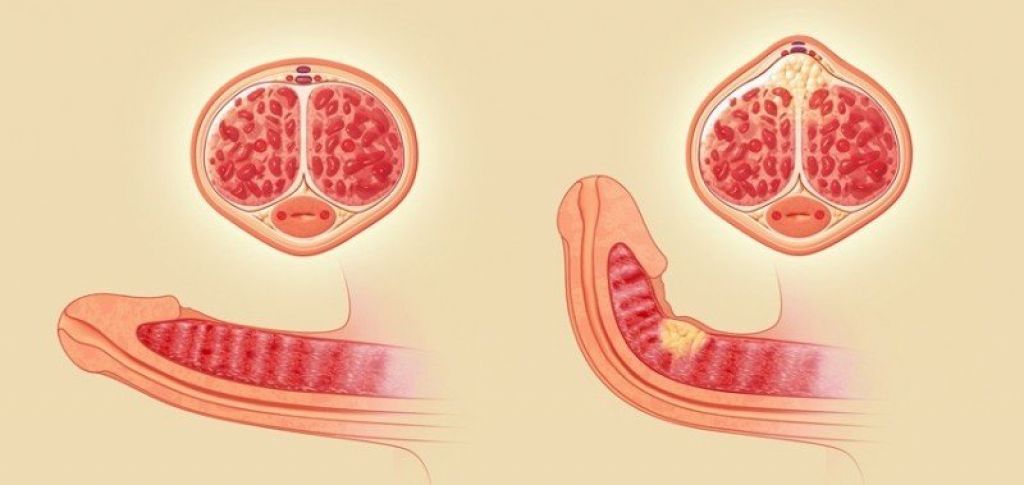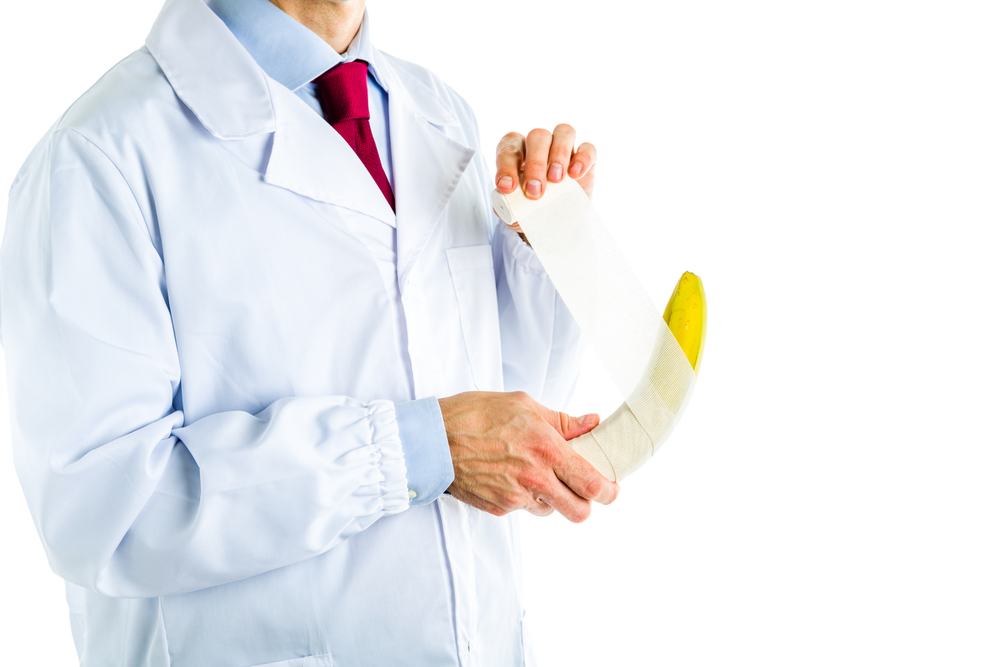Peyronie's Disease Treatment: Causes, Symptoms, and Effective Solutions
Peyronie's disease is a condition that causes penile curvature and typically appears after a certain age. Congenital penile curvature, on the other hand, is referred to as a "bent penis" or "congenital penile curvature." In both cases, patients can experience physical and psychological distress. As Peyronie's disease progresses, it can lead to pain during intercourse and erectile dysfunction, significantly affecting the individual's quality of life. Fortunately, effective treatments are available, and personalized approaches can offer permanent solutions.
What Is Peyronie's Disease?
Peyronie's disease commonly affects men aged 40 and above and can develop due to trauma, diabetes, prostate surgery, or radiation therapy. It occurs when hard plaques form on the outer lining of the erectile tissues in the penis, known as the **corpora cavernosa**. These plaques cause the penis to bend in a particular direction and can eventually lead to erectile dysfunction.
Before and After Peyronie's Disease Treatment
In the early stages of Peyronie’s disease, patients may experience pain, tenderness, and the development of hard plaques in the penis. As the condition progresses, noticeable curvature and erectile dysfunction become more apparent. In advanced stages, the curvature stabilizes, making sexual intercourse difficult. However, with proper diagnosis and treatment, penile curvature can be corrected, and erectile issues can be resolved.
| Disease Stage | Symptoms |
|---|---|
| Acute Phase (0-12 months) | Pain, plaque formation, mild curvature |
| Chronic Phase (After 12 months) | Permanent curvature, erectile dysfunction, penile shortening |
Symptoms of Peyronie's Disease
The symptoms of Peyronie's disease can vary depending on the stage of the condition and the location of the damage within the penis. The most common symptoms include:
- Pain during erection
- Difficulty engaging in sexual intercourse
- Presence of hard tissue (plaque) felt under the skin of the penis
- Erectile dysfunction
- Shortening of the penis
- Penile curvature and deformity
Individuals experiencing these symptoms may also suffer psychological effects due to the challenges caused by the condition.

How Is Peyronie's Disease Diagnosed?
Diagnosis begins with a physical examination and a thorough review of the patient’s medical history by a urologist. In some cases, imaging techniques such as ultrasound may be used to examine plaques in the penis. To determine the severity of the condition, the doctor might request a photograph of the erect penis or induce an artificial erection in a clinical setting to measure the degree of curvature accurately.
Treatment Methods for Peyronie's Disease
| Treatment Method | Description |
|---|---|
| Oral Medication | Can be used in the early stages to help alleviate symptoms. |
| Injection Therapy | Helps dissolve plaques. |
| Shockwave Therapy (ESWT) | Breaks down plaques and may reduce curvature. |
| Surgical Treatment | Curvature correction through plication, grafting, or penile prosthesis surgery. |
Surgical Treatment Options for Peyronie’s Disease:
- Plication Surgery: Used for mild curvature.
- Grafting Surgery: Applied for more severe curvature.
- Penile Prosthesis Surgery: Suitable for patients with both erectile dysfunction and penile curvature issues.
Peyronie Surgery Prices
The cost of Peyronie surgery depends on factors such as the treatment method, technologies used, hospital stay duration, the doctor's experience, and whether the surgery is combined with other procedures. If you are experiencing penile curvature, it is recommended to visit our clinic for an examination, where you can get information on the most suitable treatment method and pricing.
Recovery After Peyronie Surgery
After surgery, patients typically stay in the hospital for one night. There may be mild pain, swelling, and redness, but these usually subside within 7-10 days. Full recovery may take up to 6 weeks, during which patients should avoid sexual activity and refrain from heavy physical activities.

Frequently Asked Questions (FAQ)
Can Peyronie’s Disease Be Permanently Cured?
Peyronie’s disease is treated with appropriate methods once the degree of the disease and the curvature formation are assessed. The treatments used provide a permanent solution for Peyronie’s disease.
Can a Bent Penis Be Corrected Naturally?
Congenital penile curvature, known as "bent penis," can only be corrected surgically. Non-surgical methods are ineffective for congenital penile curvature. The condition can only be permanently corrected with penile plication surgery.
How Can Congenital Penile Curvature Be Corrected?
Congenital penile curvature results from the incomplete development of spongy tissues that form the penis while in the womb. When detected in childhood, congenital penile curvature (bent penis) can be corrected with penile plication surgery. The procedure is performed under general anesthesia and corrects the tubes that allow for erection and straightening. Penile plication surgery offers a permanent solution for penile curvature.
Does Peyronie’s Disease Prevent Sexual Intercourse?
Depending on the stage of Peyronie’s disease, sexual intercourse can be affected. Severe penile curvature may prevent sexual intercourse. In addition to sexual activity, the person’s emotional well-being and relationship with their partner can also be negatively impacted by this condition.
Can Peyronie’s Disease Be Cured with Exercise?
There is no scientific evidence that exercise can cure Peyronie’s disease. Individuals experiencing penile curvature should consult an experienced urologist to learn the most appropriate treatment options. Treatment for penile curvature should always be done under the supervision of a urologist.
What Types of Penile Curvature Are There?
Penile curvature is seen in two stages: acute and chronic.
- Acute Phase: This phase refers to early-stage patients who can be treated with medications, injections, or shockwave therapy to alleviate the curvature.
- Chronic Phase: This phase refers to patients in the middle or late stages, where shockwave therapy, injections, or surgery may be required. In some cases, surgery can be combined with other treatments for optimal results.
![dr.leyla-arvas-800×1000.jpg[1] dr.leyla arvas](https://www.quartz.com.tr/wp-content/uploads/2024/11/dr.leyla-arvas-800x1000.jpg1_.webp)
Author : Op. Dr Leyla ARVAS
Dr Leyla Arvas is an internationally recognised specialist in aesthetic surgery based in Istanbul. Graduated in 1998 from Istanbul University Faculty of Medicine, she has developed her expertise by studying in Taiwan, Japan and Spain during her 20 years of experience.
This article April 13, 2025 was updated on
Editor: admin@quartz.com.tr



